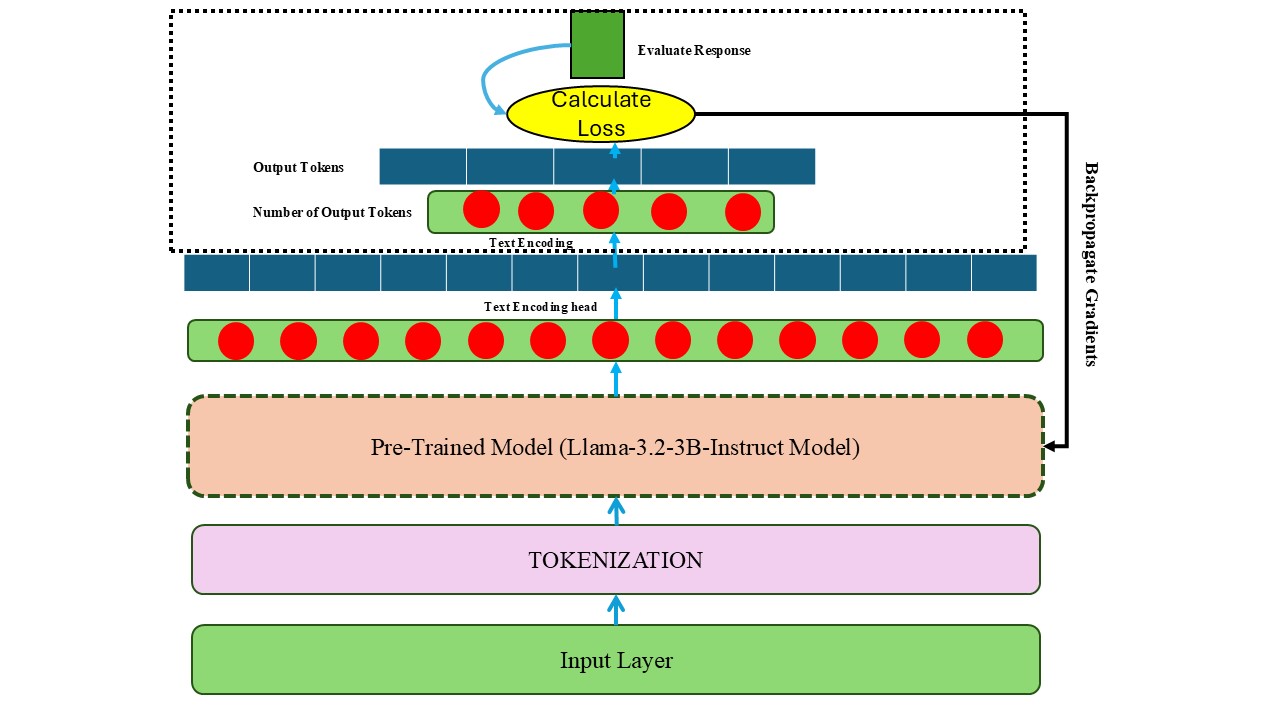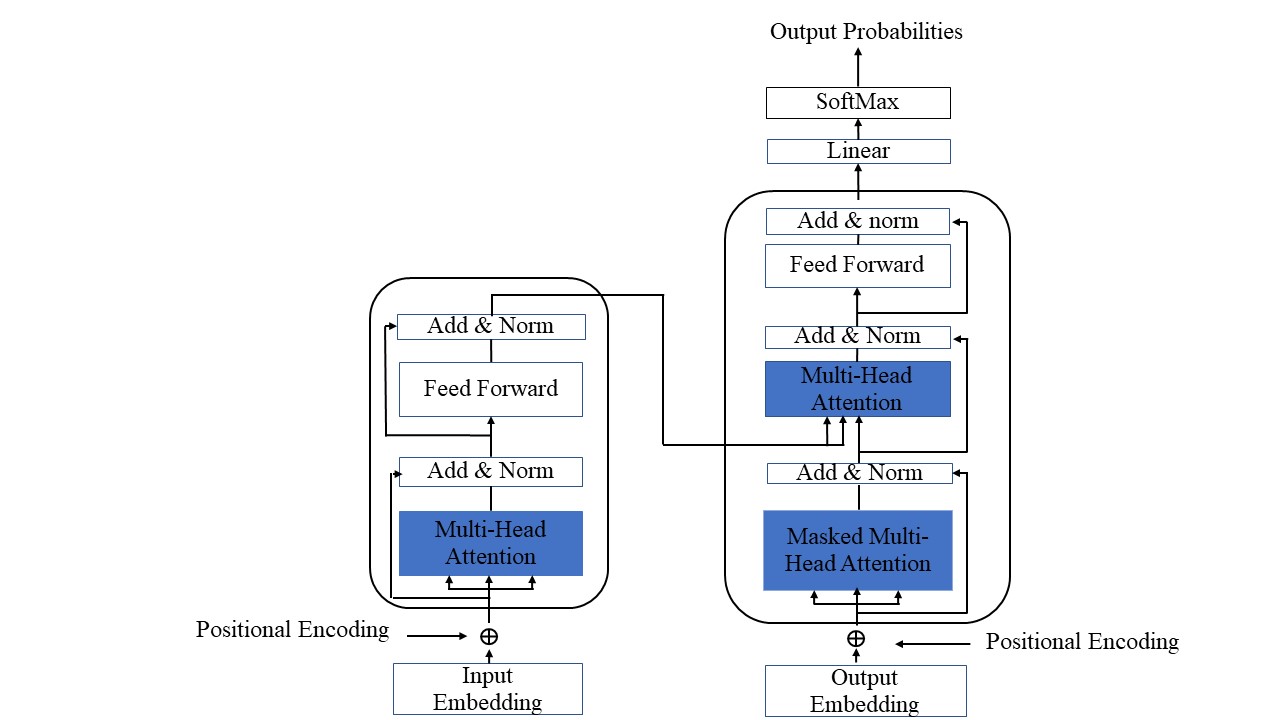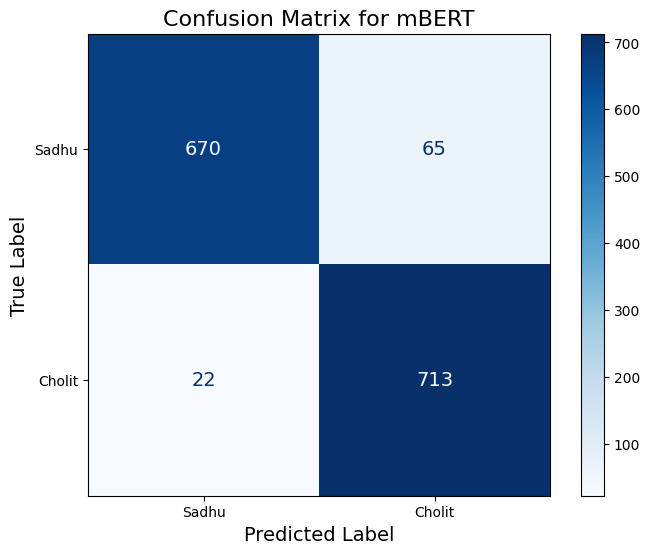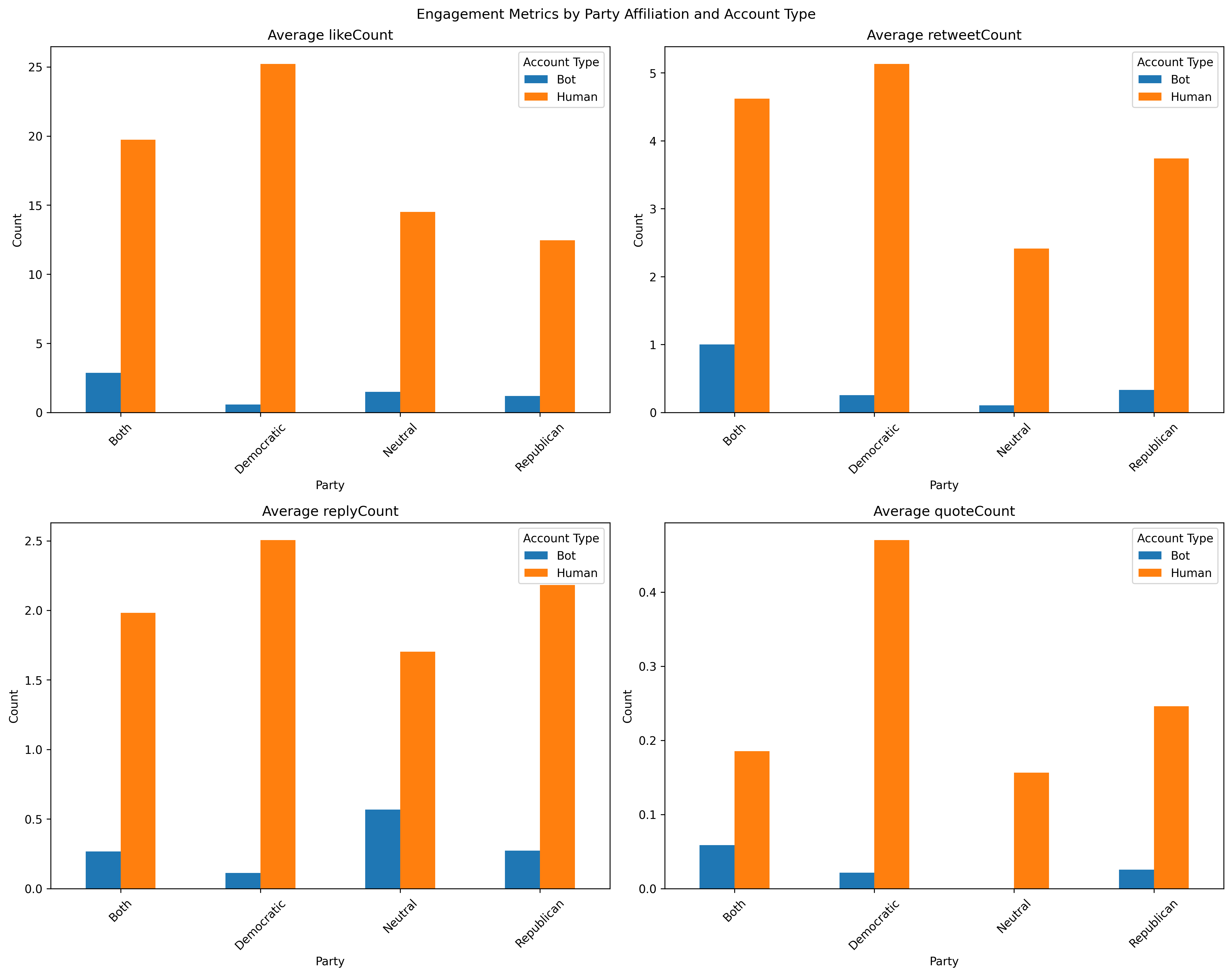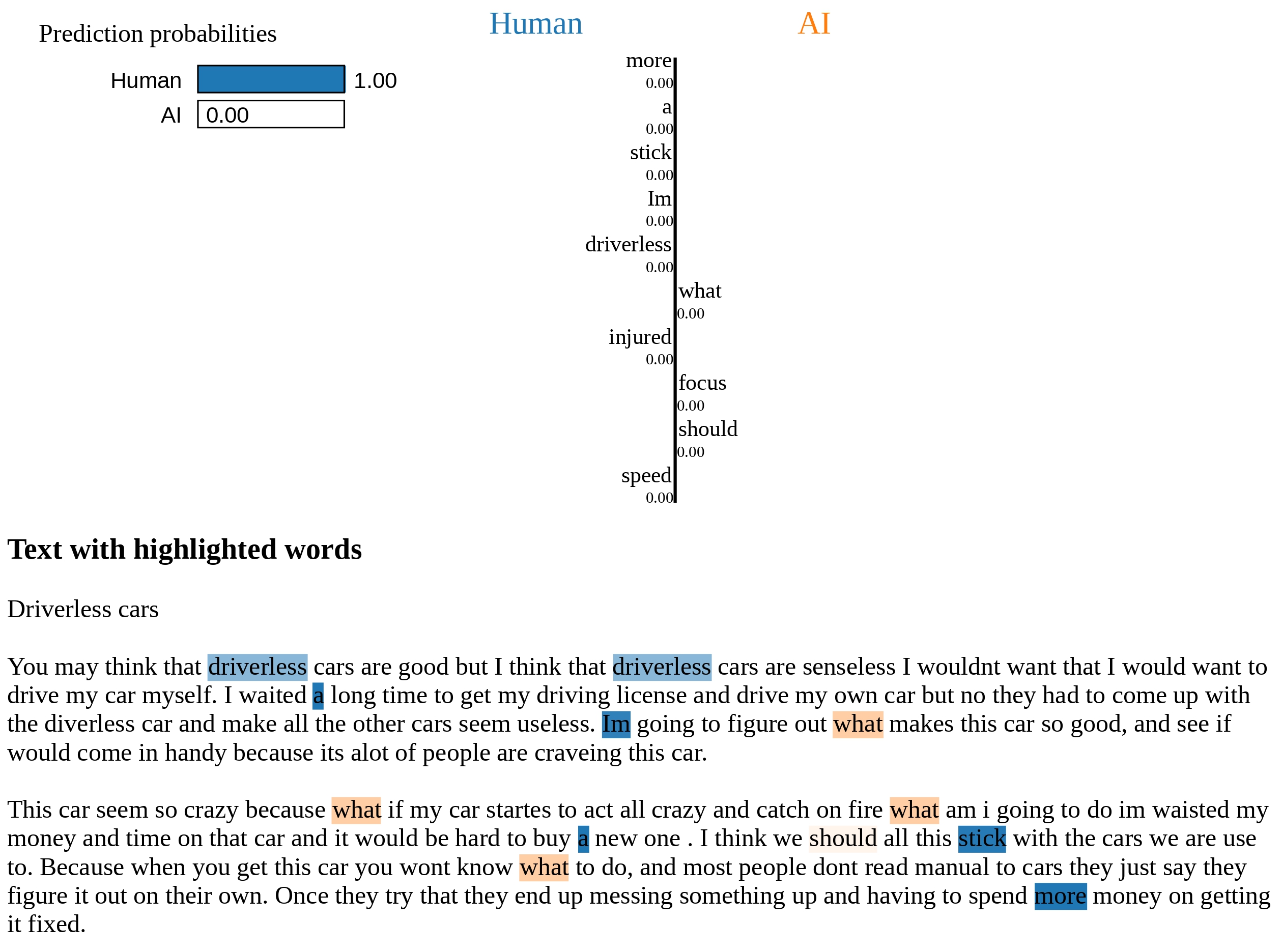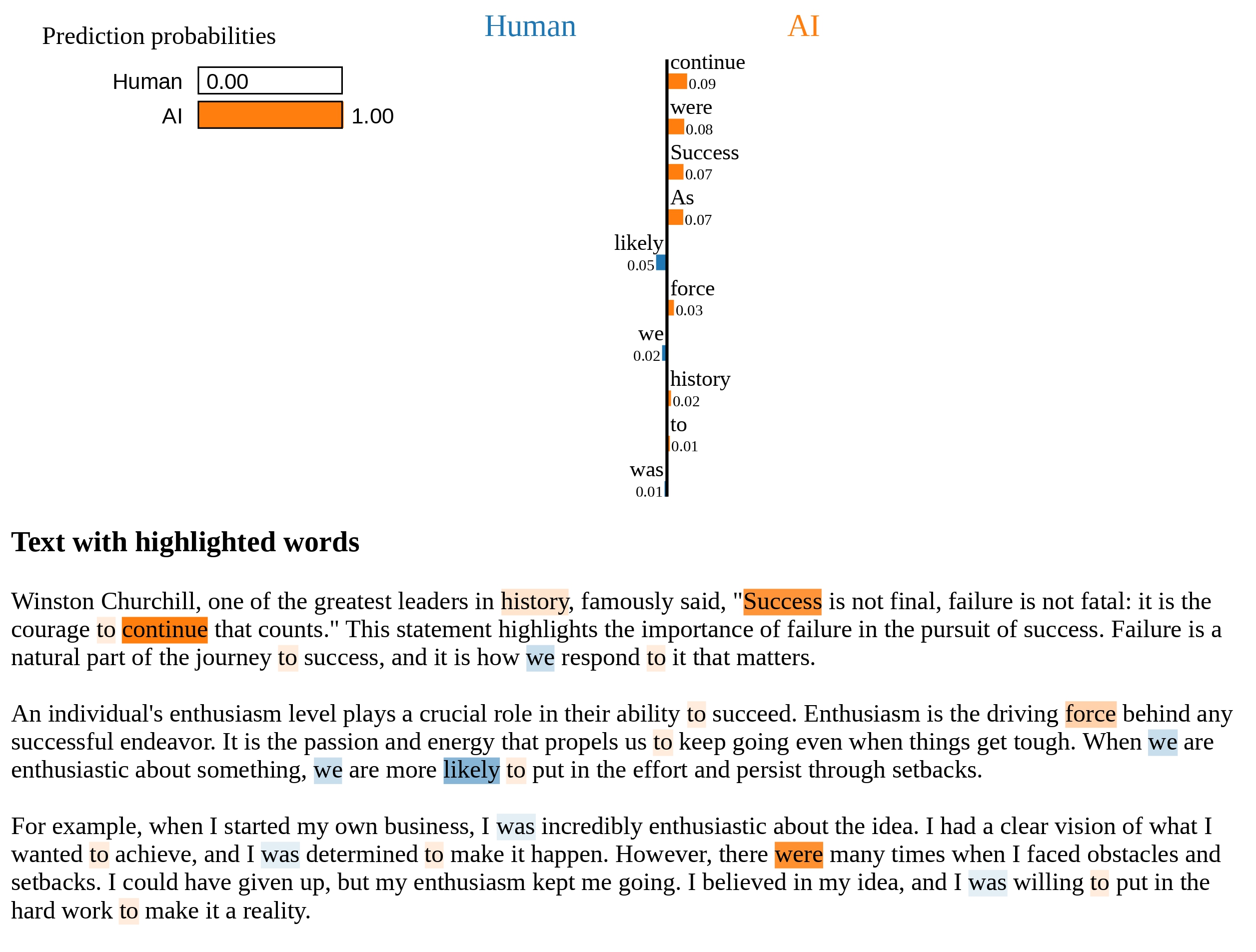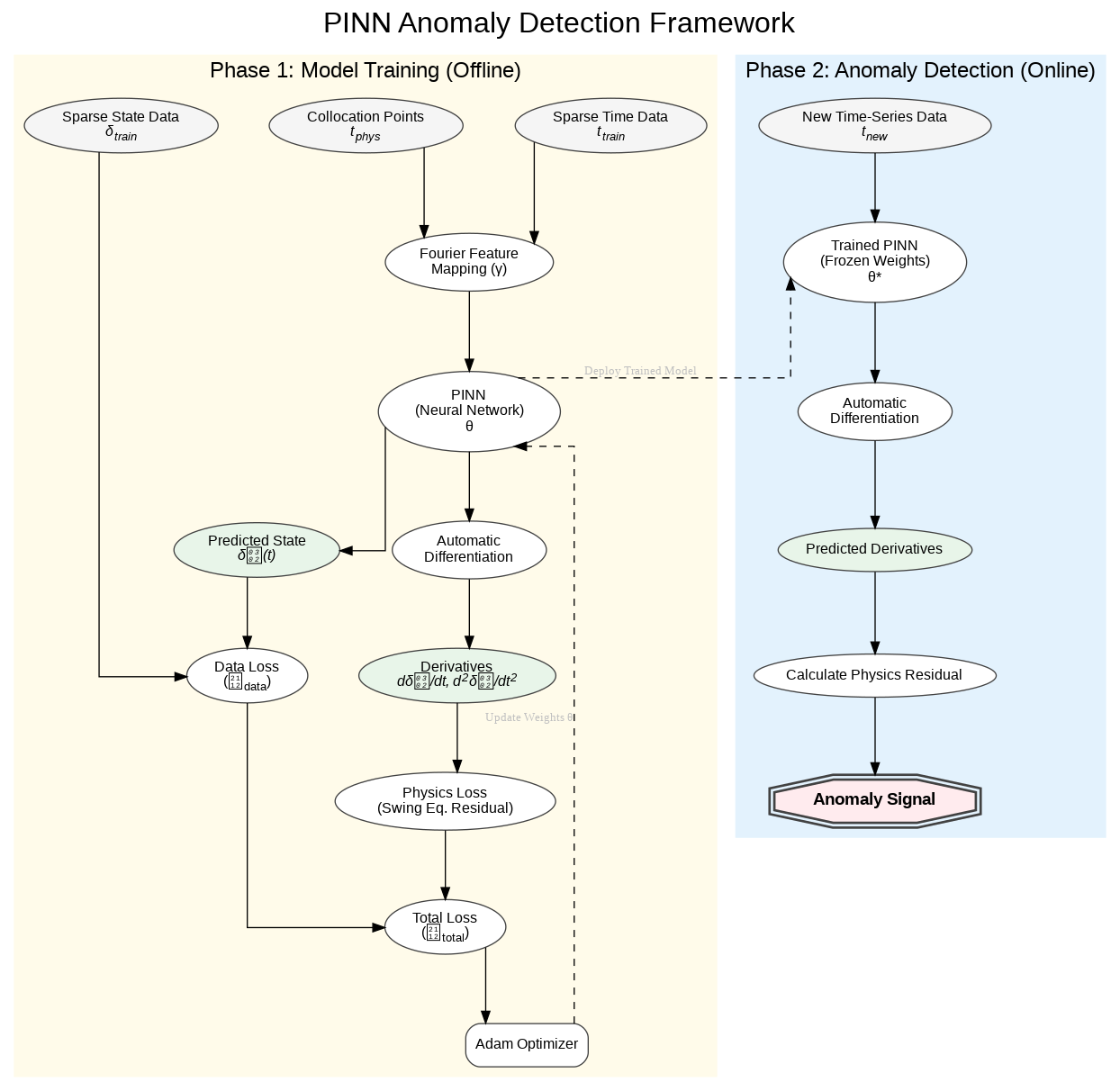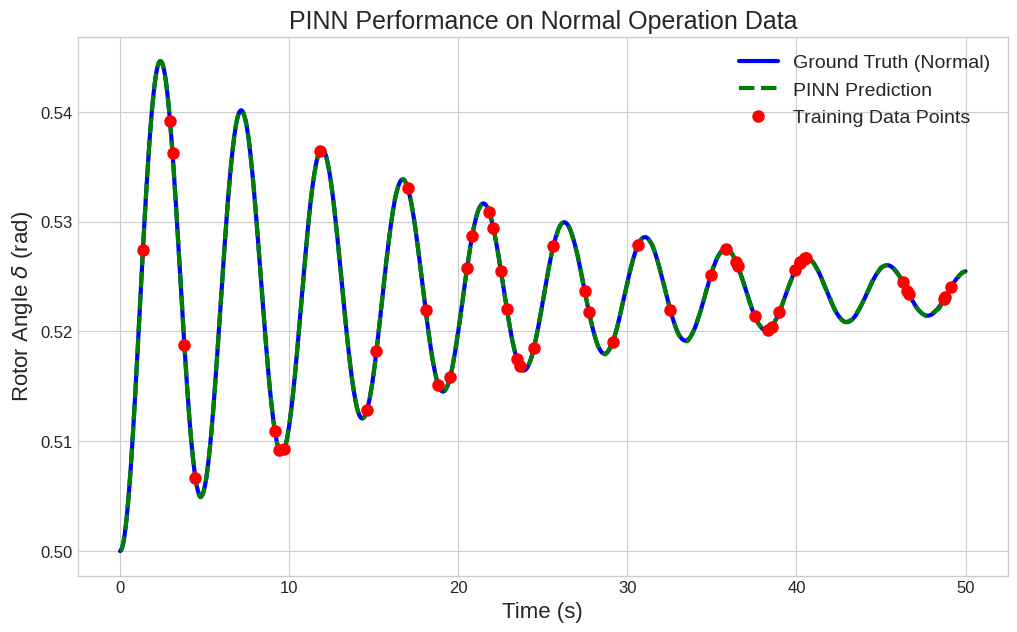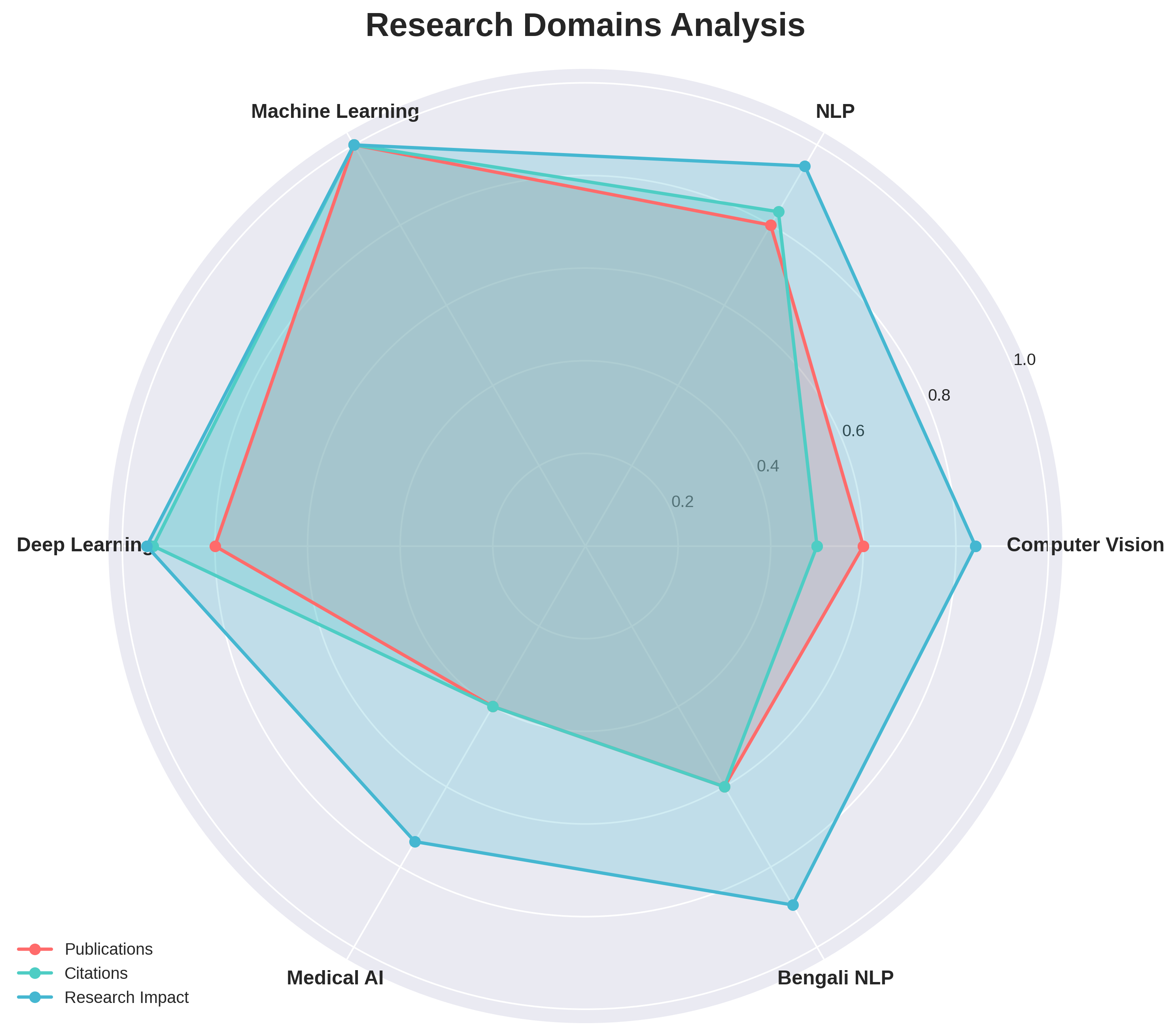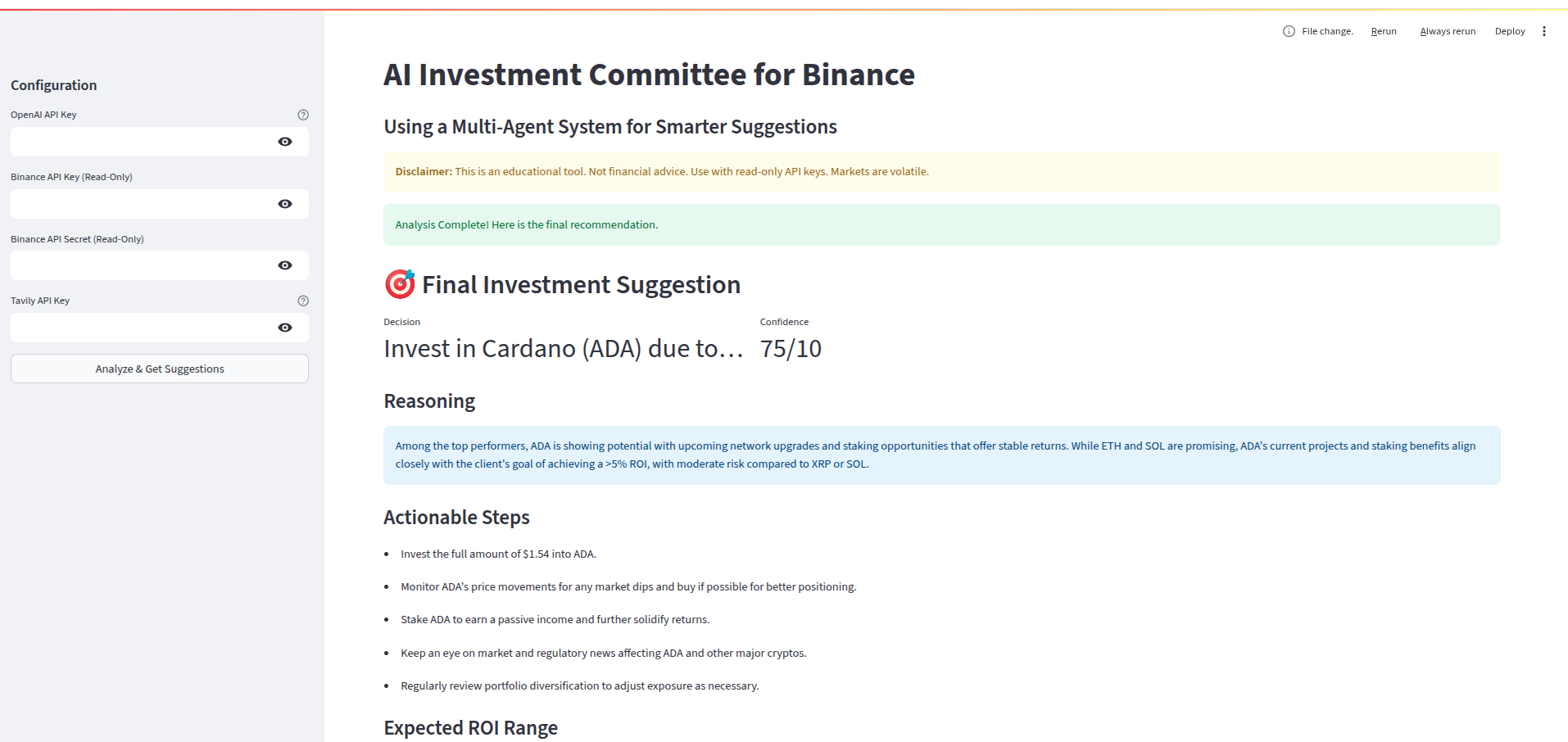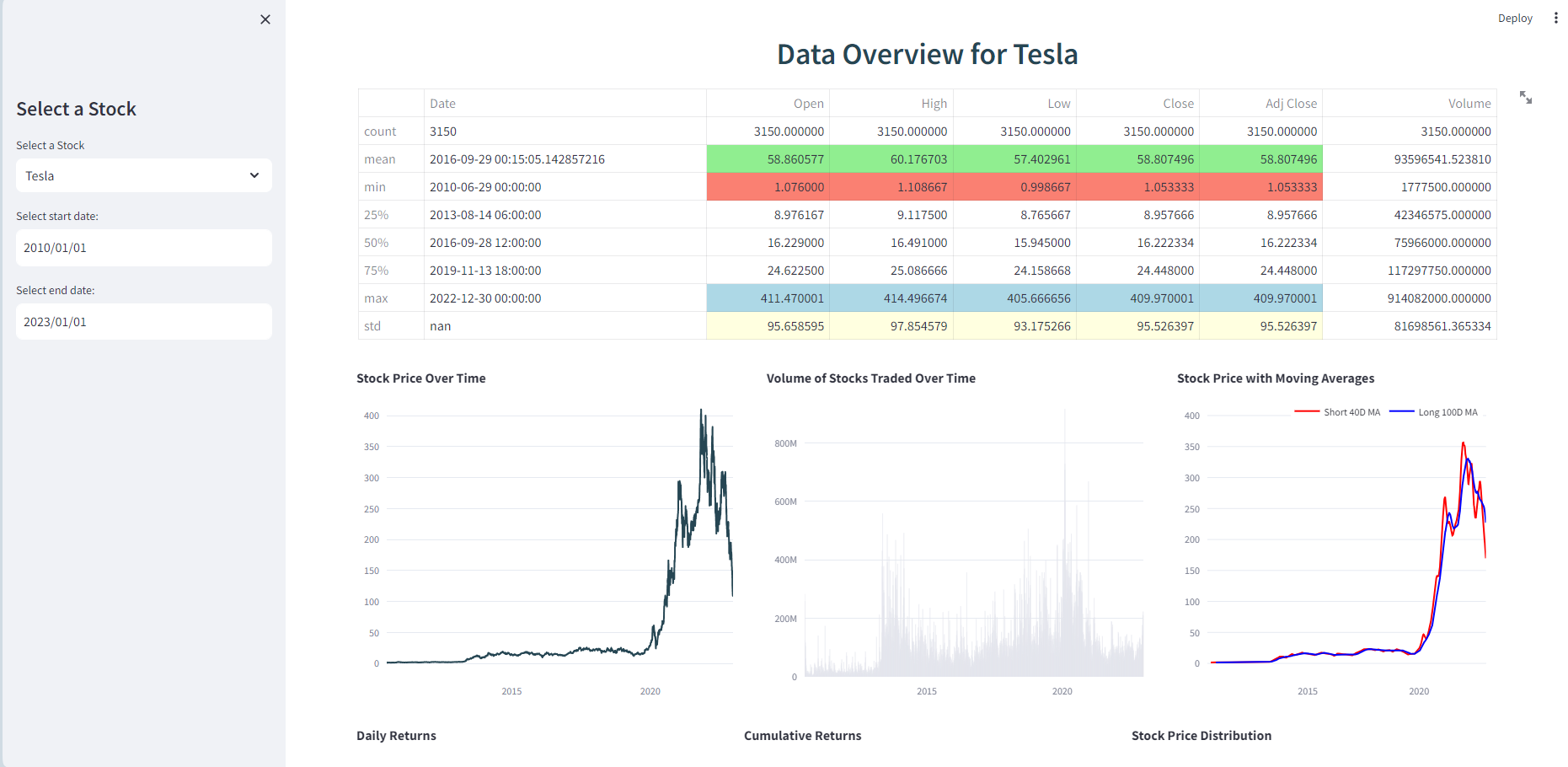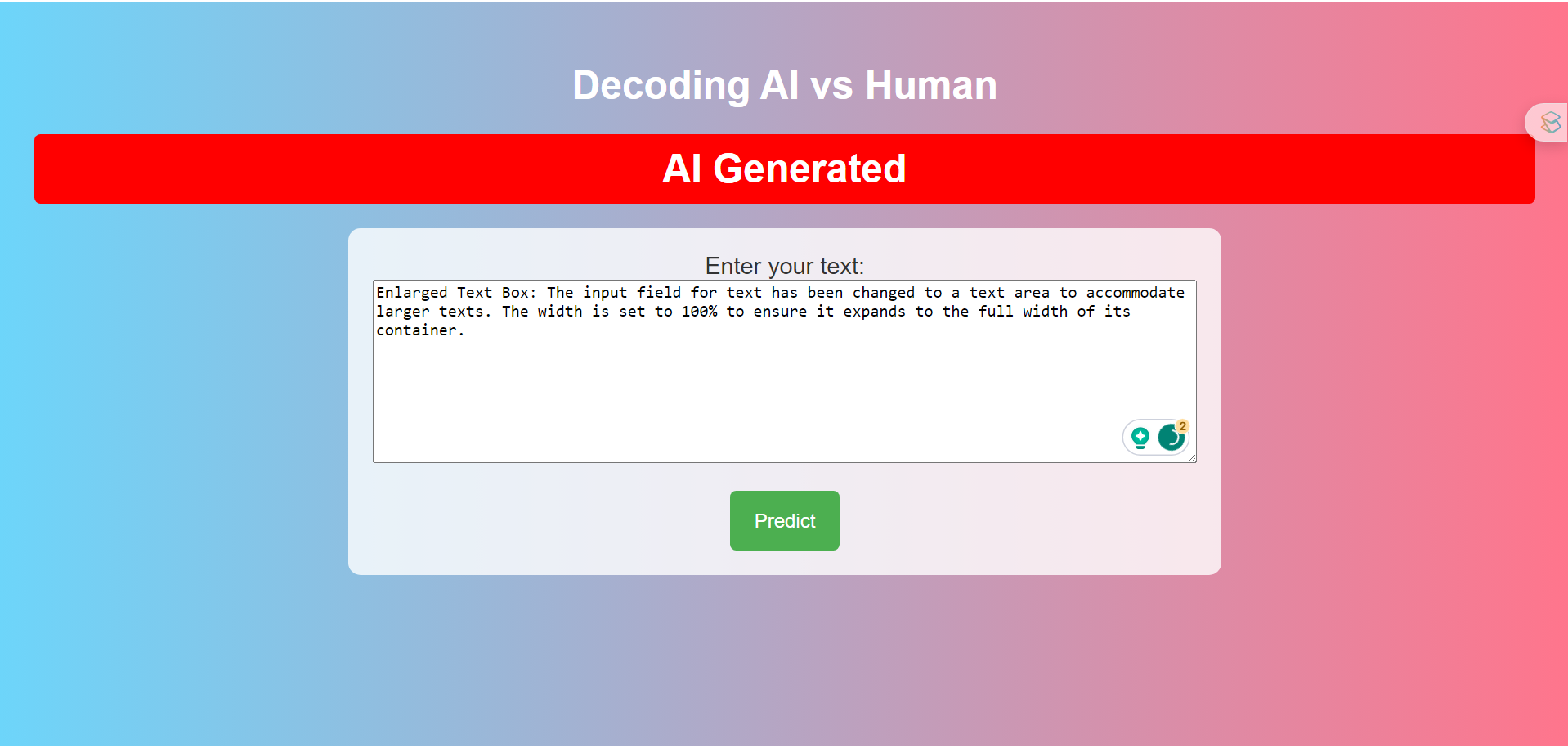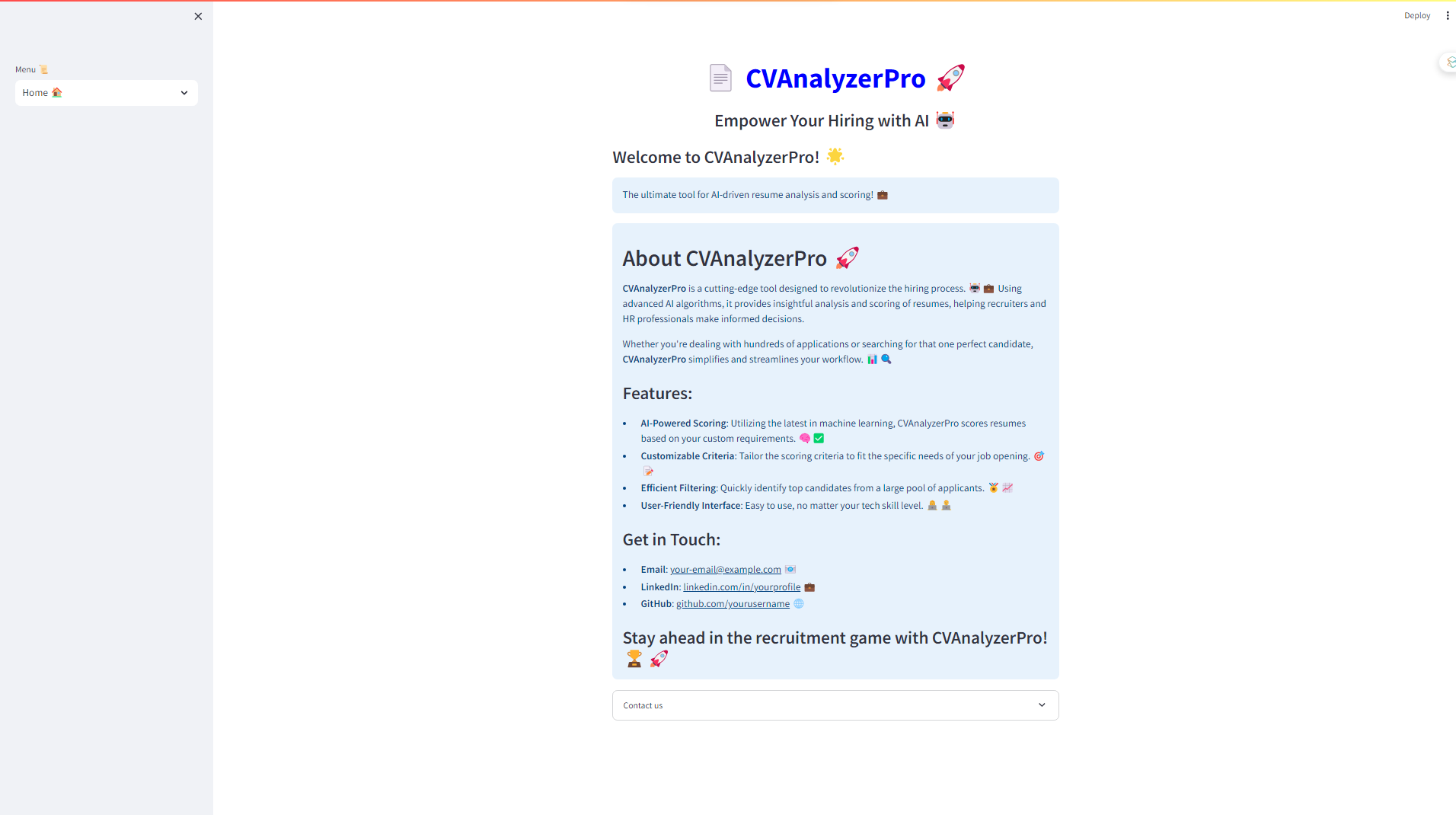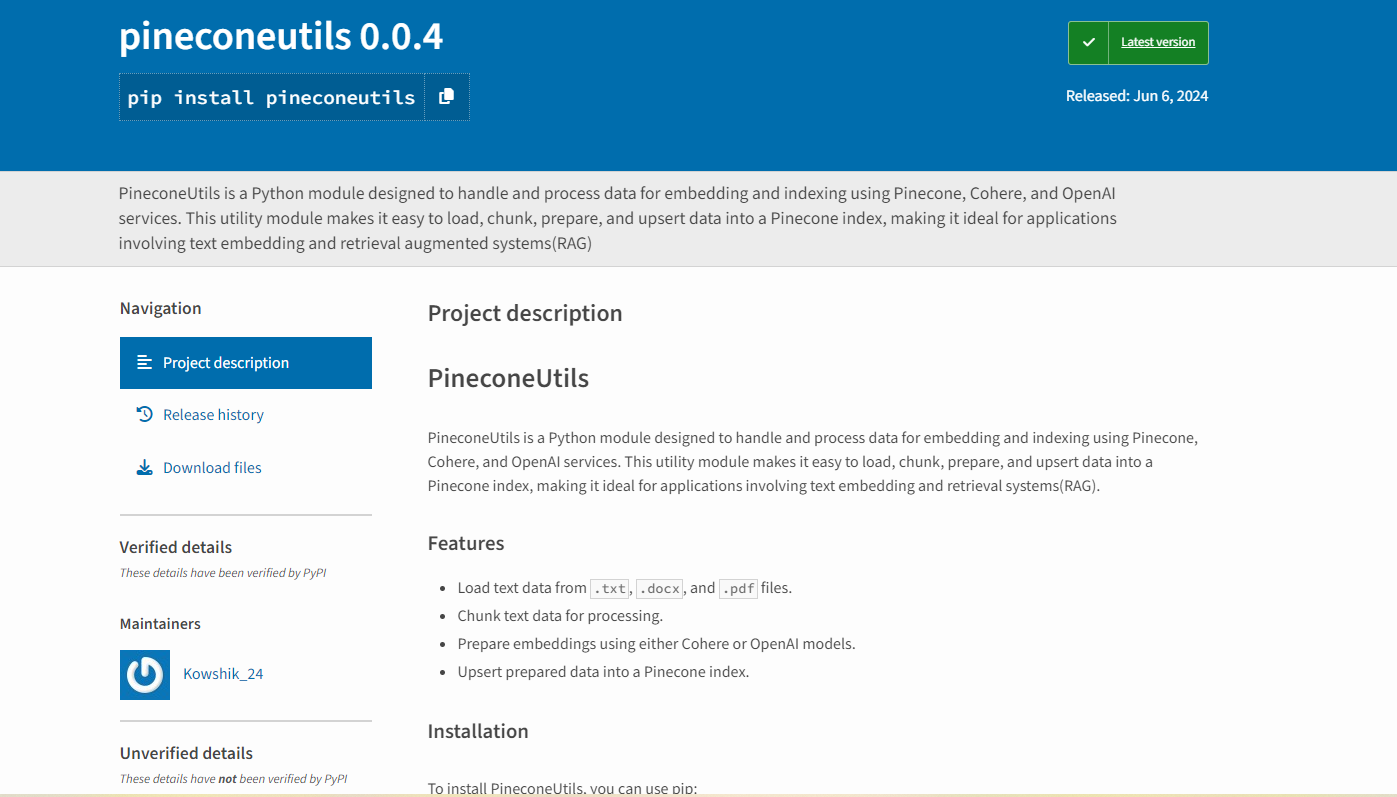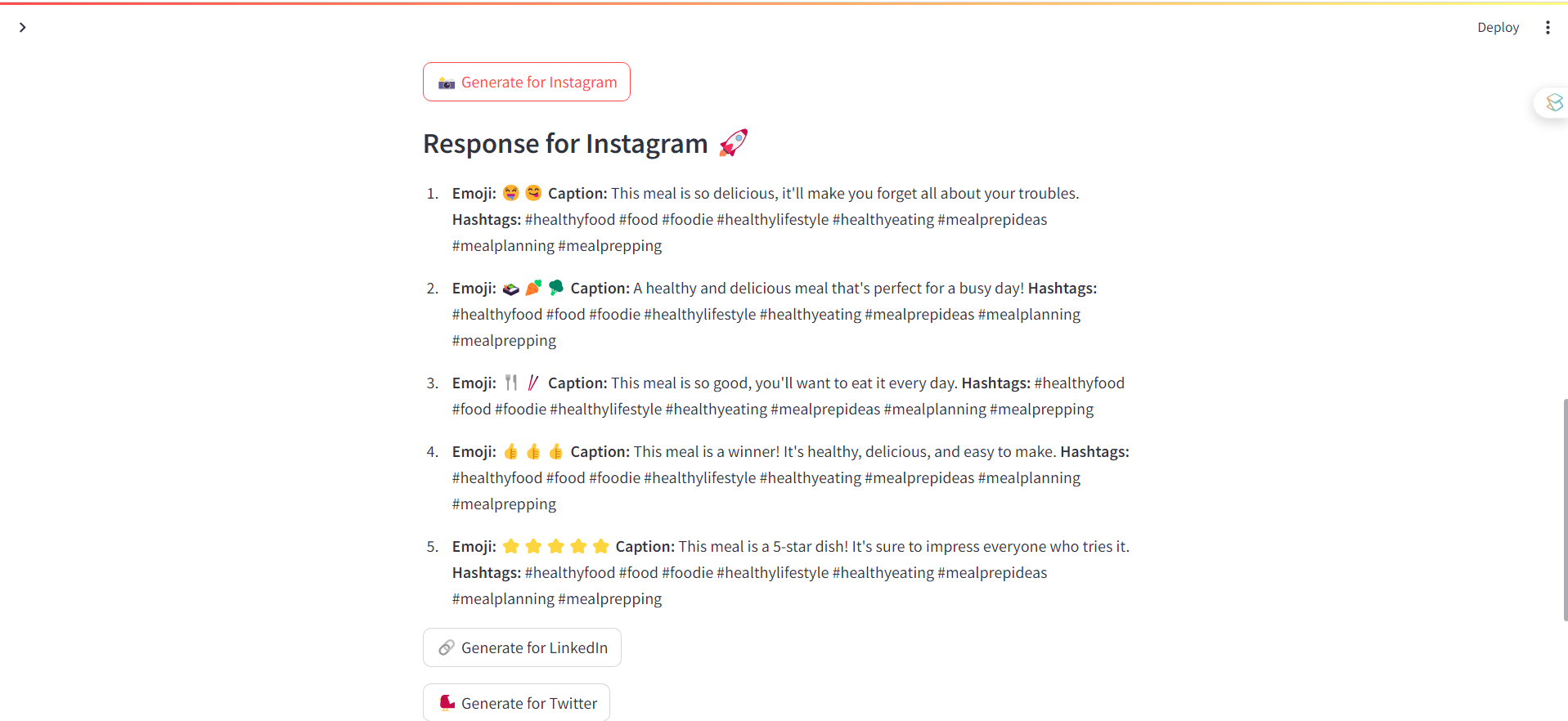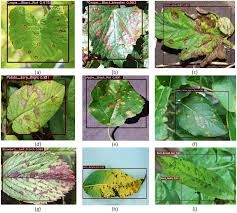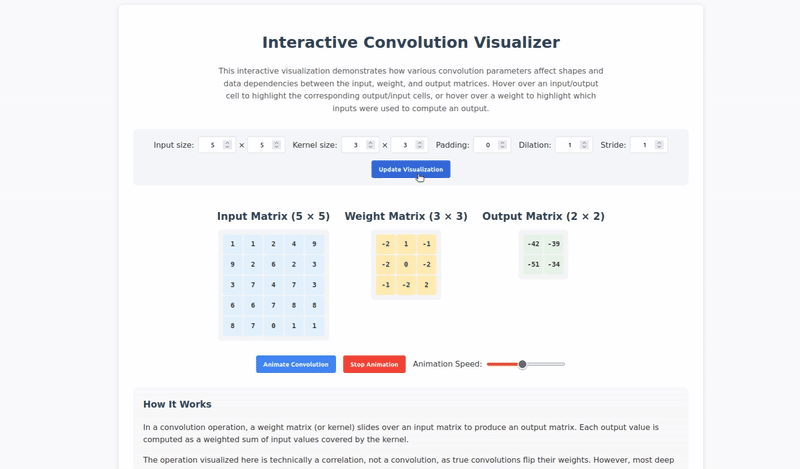Under Review
July 2025
Bayesian Physics-Informed Neural Networks for Parameter Inference and Uncertainty Quantification in Reaction-Diffusion Models of Wound Healing
Authors: K. Debanath, S. Aich, and A.Y Srizon
Abstract-Predictive mathematical models of biological processes like wound healing are essential for quantitative understanding, but their clinical utility is often limited by a critical roadblock: uncertainty in their biophysical parameters. These parameters are difficult to measure directly and must be inferred from sparse, noisy data. This paper presents a Bayesian Physics-Informed Neural Network (BPINN) framework to address this challenge by performing robust parameter inference and principled uncertainty quantification. We frame the identification of unknown parameters in a coupled reaction-diffusion system for wound healing as a Bayesian inverse problem. By integrating sparse observational data with the governing physical laws within a variational inference framework, the BPINN learns the full posterior distributions of unknown model parameters. Our results show that the framework accurately infers key reaction parameters from a dataset comprising less than 0.01% of the full spatio-temporal domain. More importantly, the BPINN correctly diagnoses that the cell motility parameter is practically non-identifiable from the sparse data, a conclusion supported by the large posterior uncertainty it assigns. The model’s predictive uncertainty is well-calibrated, being highest in regions far from observations. This work establishes the dual value of BPINNs as a powerful computational tool: both for developing reliable, personalized biomechanical models through data-driven calibration, and for diagnosing parameter identifiability issues—a critical step towards building trustworthy models in computational medicine and systems biology.
Bayesian Physics-Informed Neural Networks
Reaction-Diffusion Systems
Scientific Machine Learning



